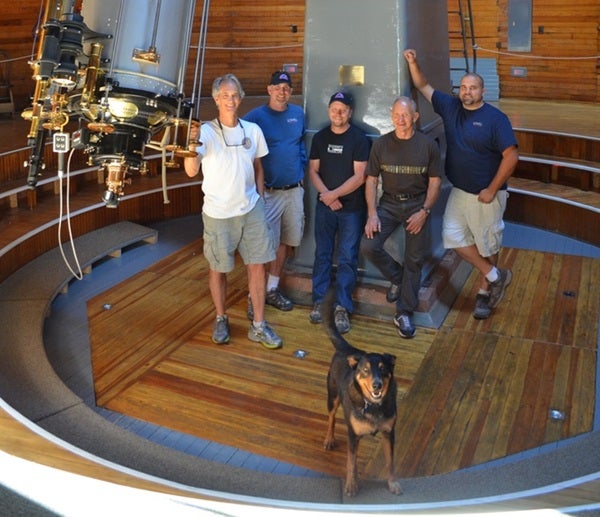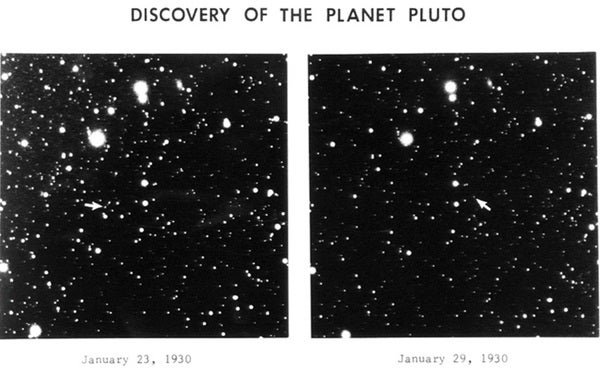On February 18, 1930, Clyde Tombaugh reviewed a set of glass negatives and stumbled upon an object moving between images. A month later, the observatory announced its findings: the then-ninth planet in the solar system, Pluto.
After nearly 87 years of continuous use, the Pluto Discovery Telescope is in need of some refurbishing. The Lowell Observatory has turned to Kickstarter to raise money for the restoration and preservation of one of the most famous telescopes in the history of American astronomical research.
Many of the telescope’s components like the drive motor and electronic components need to be tested and fixed; components like the optics, plate holders, and control knobs need to be cleaned and restored as well as the telescope itself needs to be removed, cleaned, and reinstalled. The restoration team consists of five Lowell staff members which have just recently restored Lowell’s 24-inch Clark telescope.
The team want to restore the telescope thanks, in part, to its historic nature.
The Pluto Discovery Telescope, built in 1928-1929, was created for the sole purpose of completing the search for “Planet X” otherwise known as the hypothetical ninth planet from the Sun; it did just that in 1930 by finding Pluto. (Though the definition of a planet was refined in 2006 to exclude Pluto after the discovery of a handful of similarly sized object in the Kuiper Belt.)
After Pluto’s discovery, the telescope was used to study asteroids, comets, and small satellites of the solar system. Later, astronomers discovered it was the perfect tool to help in one of the most important projects at Lowell, a proper motion survey of all the stars. Proper motion is the apparent motion of a star with respect to other more distant stars. The telescope was moved to Lowell’s Anderson Mesa dark sky site in 1970 for this study.
It was moved back to the main Lowell campus in 1993 to continue its study of asteroids. Every year, the telescope brings thousands of visitors to see the telescope that made the discovery of Pluto and hear its story.
This telescope truly holds a legacy as the discovery of Pluto was Time Magazine’s most important scientific discovery of the entire decade of the 1930s as well as being the only planet to be found on American soil (even though it is no longer technically a planet). This discovery also led to understanding the Kuiper belt, the “third zone” in our solar system.












